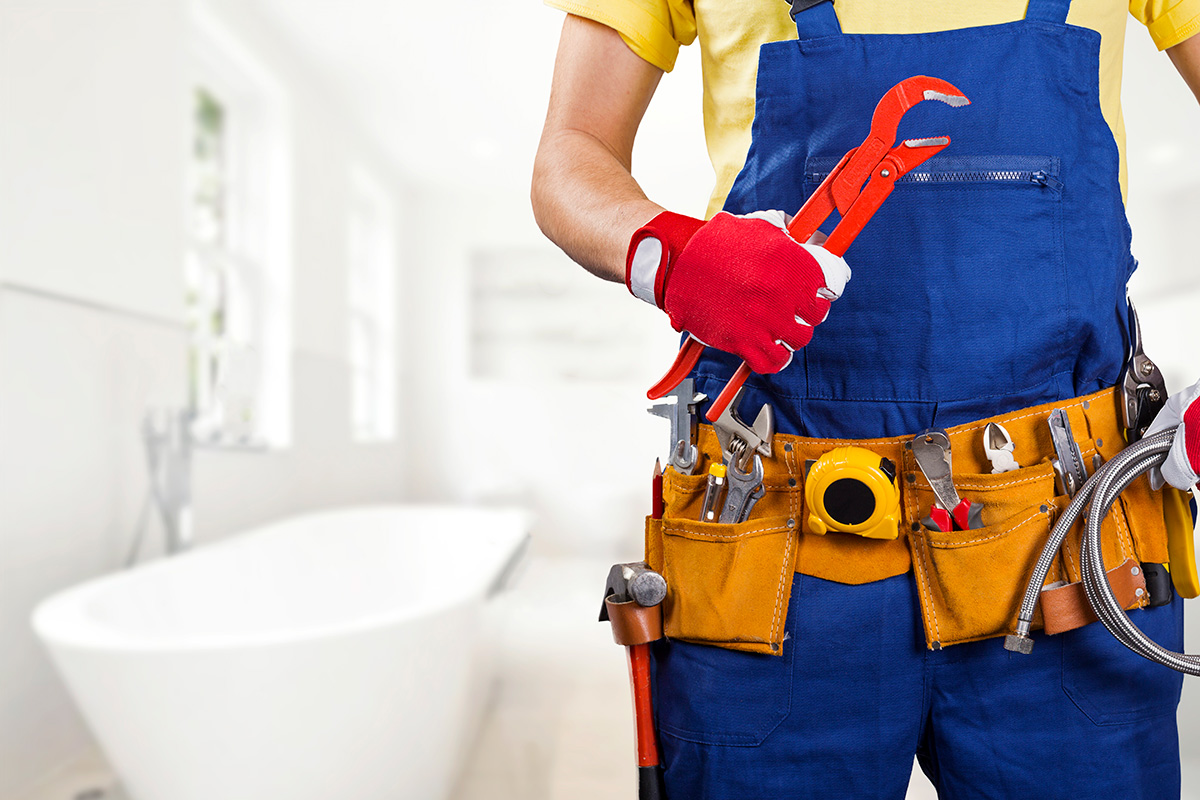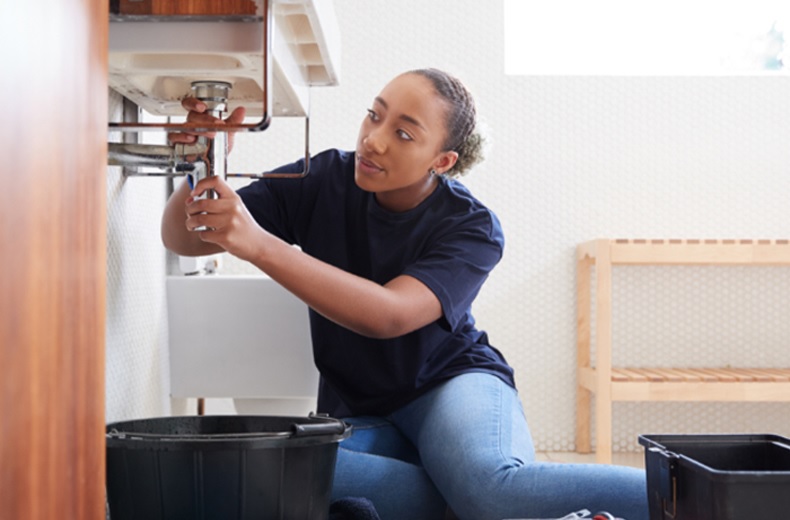Quality Water Heater Installation Alabaster AL for Optimal Convenience
Quality Water Heater Installation Alabaster AL for Optimal Convenience
Blog Article
A Step-by-Step Overview to Effective Water Heating Unit Setup for Optimum Efficiency
Getting started on the job of installing a water heating system is an endeavor that requires accuracy and a methodical approach for achieving ideal performance. As you proceed, the intricacies of attaching water supply lines and setting up reliable electric or gas links await, promising understandings right into ensuring efficiency and integrity.
Picking the Right Water Heating System

Next, think about the dimension and ability of the water heater. It's important to evaluate your house's warm water needs, which can vary based on the number of owners and their usage patterns. An unit that's too small may result in insufficient warm water, while a large version might lead to unnecessary power intake.
Effectiveness scores also play a pivotal function in selection. Try to find hot water heater with high Power Aspect (EF) ratings, indicating premium performance and reduced power use. Tankless models, though normally much more expensive upfront, deal substantial power financial savings over time due to their on-demand home heating abilities.
Preparing the Setup Area
Before mounting a new water heating system, careful prep work of the installation location is crucial. It's essential to measure the area thoroughly to accommodate the water heating system's dimensions, guaranteeing appropriate clearance around the device for reliable operation and maintenance.
Inspect the flooring for stability, as the water heater will certainly need a strong, degree surface to operate effectively. If needed, set up a drip frying pan under the unit to catch prospective leakages or spills, protecting against water damages to the surrounding area.
Furthermore, guarantee that all needed tools and materials get on hand prior to beginning the installation. This consists of products such as wrenches, screwdrivers, a level, and any extra equipment needed for protecting the heating system and placing. A well-prepared installation location sets the foundation for a successful water heating system arrangement, optimizing performance and safety and security.
Connecting Supply Of Water Lines
When linking water supply lines to your freshly installed hot water heater, it is crucial to make sure that all links are leak-free and safe to maintain effective operation and prevent water damage. Begin by identifying the hot and cold water system lines. The cool water inlet is normally noted with a blue tag or a "C", while the warm water outlet is marked with a red tag or an "H".
Usage versatile water heating system ports to help with a much easier installation process. Before attaching the adapters, put a plumbing professional's tape around the threaded ends of the water heating unit's inlet and electrical outlet pipelines.
When connections are in area, slowly switch on the primary water shutoff. Evaluate each connection for leaks by aesthetically inspecting and really feeling for wetness. Tighten links as index necessary, and guarantee the stress relief shutoff is appropriately installed, safeguarding versus extreme pressure accumulation.
Establishing Electric or Gas Connections
Correctly establishing up the electrical or gas connections for your water heating system is a vital action to ensure effective and risk-free procedure. For electrical water heaters, start by validating that the electrical circuit is compatible with the heating unit's voltage and amperage requirements.
For gas water heaters, safety is critical. Link the gas line to the water heating unit making use of a versatile gas connector, ensuring it is appropriately threaded and secured with pipe joint substance or Teflon tape ideal for gas links.
As soon as connections are made, evaluate for any potential leaks. For gas lines, use a soapy water remedy to the joints; bubbles suggest a leak. For electric connections, confirm that all wiring is safe and secure and appropriately shielded, maintaining compliance with regional electric codes.
Changing and testing for Efficiency
With the electric and gas links firmly in location, the following step is evaluating the functional efficiency of your water heating system. Begin by meticulously turning on the water supply and making sure there are no leaks at any of the joints or shutoffs. Once verified, proceed to fill up the storage tank, taking notice of the pressure and temperature setups. It is advisable to set the thermostat to a suggested temperature of around 120 ° F(49 ° C) to balance energy performance and convenience.
Following, execute a comprehensive assessment to ensure the heating elements or burner are functioning properly. For electric heating systems, utilize a multimeter to confirm if the elements are attracting the appropriate current. In gas versions, observe the burner flame; it needs to be stable and blue, showing efficient burning.
Readjust the settings as essential to get rid of inadequacies. Think about applying insulation procedures, such as adding a water heating unit covering, to further enhance efficiency by decreasing heat loss. Additionally, check the anode pole's condition, as a scrubby pole can minimize effectiveness and result in container corrosion.
Conclusion
Reliable hot water heater installment navigate to this site is important for ensuring optimal efficiency and energy cost savings. By picking the suitable type and dimension, and meticulously preparing the setup area, a structure for success is established. Securely linking water system lines and very carefully establishing electric or gas links minimize prospective issues. Detailed screening for leaks and specific thermostat adjustments to 120 ° F boost integrity and efficiency. Complying with these actions promotes lasting capability and power conservation in household water heating unit.

Properly establishing up the electric or gas connections for your water heating system is a critical action to make certain reliable and risk-free operation. For electrical water heating units, begin by confirming that the electrical circuit is compatible with the heating system's voltage and amperage requirements. Link the gas line to the water heating unit using an adaptable gas port, guaranteeing it is appropriately threaded and sealed with pipeline joint substance or Teflon tape ideal for gas links.
Report this page